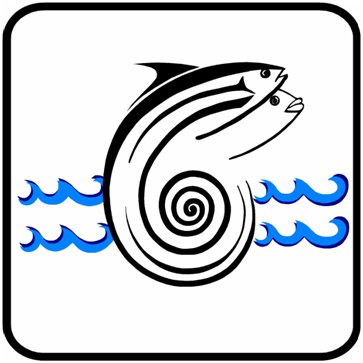Fisheries Department
Background
Subsistence activities include coastal line and net fishing targeting demersal and small pelagic reef and lagoon fish, as well as reef gleaning and collection of shellfish and other invertebrates.
Most of the catch is for home consumption or family distribution, but where markets or handling and distribution facilities exist some part may be sold.
The subsistence fishery is becoming increasingly cash-oriented around urban areas, with varying portions of the catch being sold, as such effective and efficient CMMs are needed to be put in place to manage, monitor and control harvest.
Artisanal fishing with bottom hand lines primarily targets deep-water snappers and groupers. Improvements in catching, preservation, processing, transportation and marketing are needed.
The current domestic fisheries production is not sufficient to meet a rapidly growing population. Commercial harvest of oceanic fisheries resources are landed in overseas ports; as such, little economic activity is generated within Vanuatu from these activities.
The Department of Fisheries is currently engaged in facilitating and promoting Aquaculture development of freshwater fish species as an alternative measure to address poverty, food security, and diversity of eco-activities.

Fisheries Industries
Since Vanuatu has limited capacity to exploit its tuna resources at a commercial level, the tuna industry is dominated by foreign vessels consisting mainly of long-liner fleets and a few purse-seine and pole and line boats.
Other marine resources harvested for commercial purposes include both beche-de-mer that are dried and exported primarily to Asian Countries where they are a delicacy as well as, trochus and green snaild mainly for making buttons, jewellery and inlay works.
Vanuatu's Aquaculture sector is in its infancy with good potential to develop further in the future. The principle focus of aquaculture development in Vanuatu is to increase food security. Also important is the desire to reduce the pressure on wild stocks.
By promoting fish farming, it is anticipated that gradually attention will be diverted from the wild stocks to farming. Currently attention is directed towards freshwater farming of tilapia. The main target species for mariculture are prawn, trochus, green snail, giant clam, seaweed and corals.
Fisheries Act No. 10 of 2014
The Department of Fisheries now operates under the purview of a new Act that has repealed the Fisheries Act [CAP 315] that makes provisions for the management, development and regulation of fisheries within Vanuatu waters, and for the control of fishing vessels entitled to fly the flag of Vanuatu outside of Vanuatu waters in a manner consistent with Vanuatu's international obligations, and for related matters.
Fisheries Regulation Order No. 28 of 2009
The Fisheries Regulations Order No. 28 of 2009 is a 105 page document that outlines regulations for the implantation of most aspects of the Fisheries Act.
Fisheries Policies & Plans
Aquaculture Development Plan
The Vanuatu Aquaculture Development Plan is a five-year strategic plan that represents a significant step in outlining the aquaculture road map for Vanuatu for the near future. It highlights the main components, including research and development, extension, infrastructure, credit and finance facilities, and environmental management.





